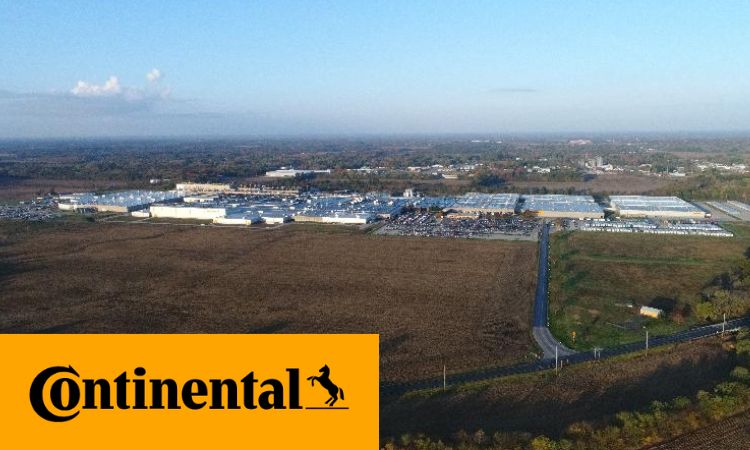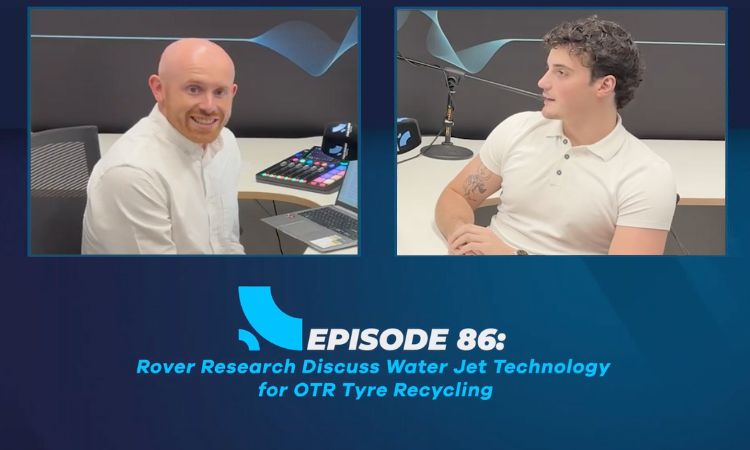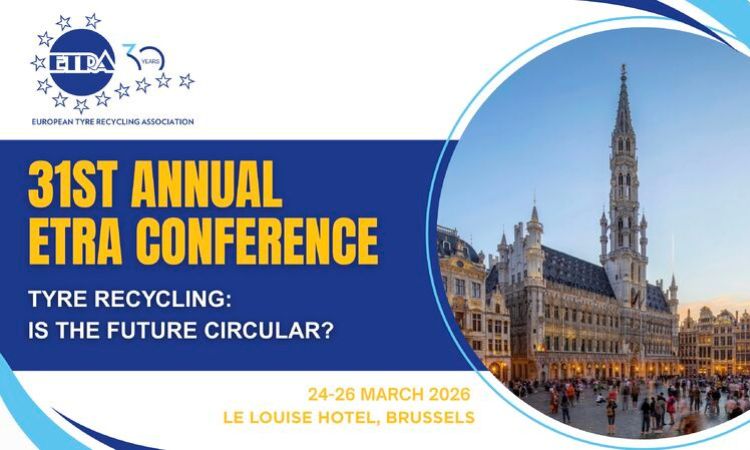Continuing natural rubber price rebound in 2017
In its section on natural rubber, European Rubber Journal tells about the short-term future of natural rubber (NR) prices. For tire recycling companies, it is very important to follow NR price dynamics as some recycled rubber powder applications highly correlate with those of NR.
In the end of the last year, a rebound in natural rubber prices was observed in Kuala Lumpur. The Association of Natural Rubber Producing Countries (ANRPC) claims that the growth was driven by the recovery in crude oil prices, mid-term supply concerns, new expectations of a faster-paced global economic recovery led by the U.S. All these factors improve outlook for natural rubber demand. According to a statement from ANRPC the crude oil price recovery impact was caused by OPEC’s deal on the 30th of November 2016, which stipulates cut in output by 1.2 million barrels per day during the 1st half of 2017.
From September till the end of December of the last year, natural rubber appreciated by 43% (based on SMR-20 in Kuala Lumpur). Linking their forecast to a U.S. short-term energy outlook, ANRPC projects that Brent crude oil will stay at the average of USD 53 per barrel in 2017, which is about 1/5 higher than its price in 2016. It is also projected that synthetic rubber materials may become more expensive over the current year, hence there are good expectations the natural rubber prices to increase.
In the meantime, bad weather also contributed to NR appreciation. ANRPC asserts that 12 provinces in the south of Thailand were severely affected by the worst floods in the last three decades in the region. Thailand produces some 37% of the global supply in NR with about 2/3 of its output coming from the southern provinces.
Damage assessment by the Rubber Authority of Thailand declares that the flood wiped out at least 360,000 tons of NR output expected in 2017 in Thailand. In 2017, annual production will reach 4.381 million tons of NR, which is by 7.6% lower compared to the output in the last year. Moreover, global NR supply over the last three years fell down by 0.6% whereas demand increased by 3.2%. Preliminary estimations say there is a shortage in the global NR supply of 655,000 tons.
What else is supposed to drive the prices up is the global economy. According to the IMF’s World Economic Outlook will be growing at the rate of 3.4% in 2017. For comparison, growth rate of the global economy in the last year was 3.1%. ANRPC asserts that due to seasonal factors which affect supply, it is likely that there will be a severe deficit in NR supply up to May 2017.
Another part of improvement are commodity prices which are expected to grow, too. IMF predicts a 10% surge in the index of all commodities compared to prices in 2016. Despite the positive outlook, ANRPC said that there was “very limited” possibility for a substantial rise in rubber prices during 2017. This, it said, is because supply has the potential to increase much beyond the expected level if prices scale too high.
Press release by ERJ.
Weibold is an international consulting company specializing exclusively in end-of-life tire recycling and pyrolysis. Since 1999, we have helped companies grow and build profitable businesses.









